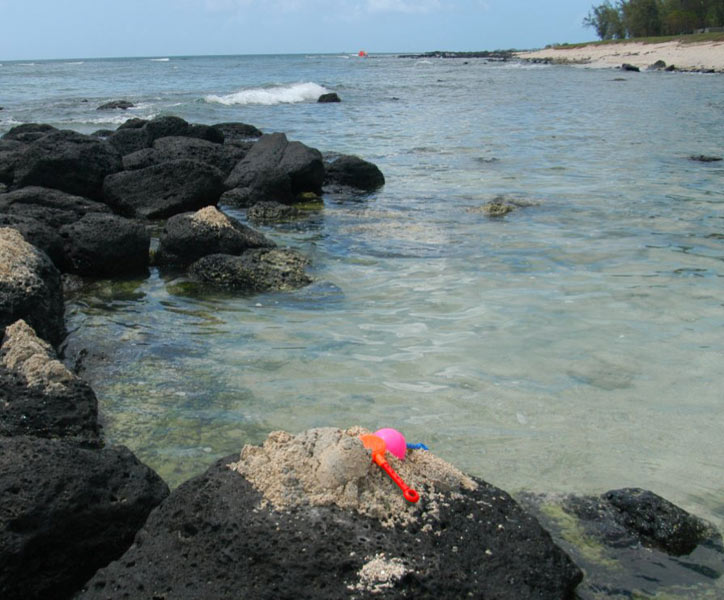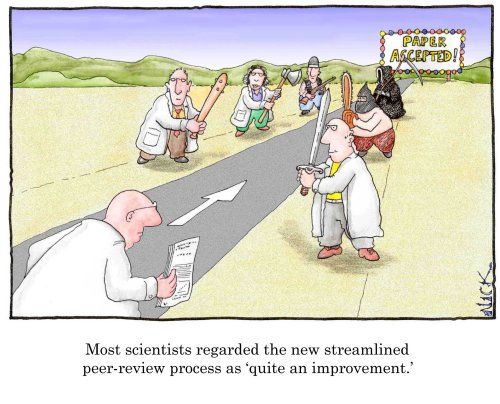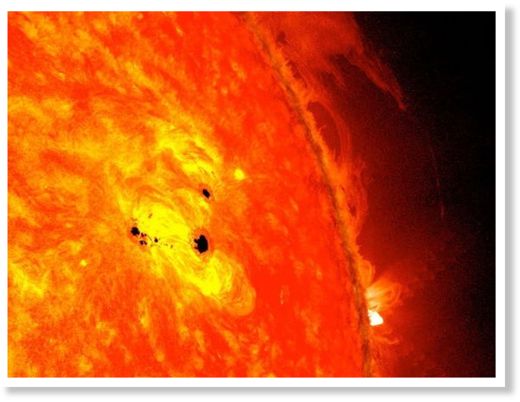
© Ebbe Hartz Ancient cargo. By analyzing the composition of sand from the island of Mauritius (shown here), researchers learned that a microcontinent may lie under the ocean.
Geological detectives are piecing together an intriguing seafloor puzzle. The Indian Ocean and some of its islands, scientists say, may lie on top of the remains of an ancient continent pulled apart by plate tectonics between 50 million and 100 million years ago. Painstaking detective work involving gravity mapping, rock analysis, and plate movement reconstruction has led researchers to conclude that several places in the Indian Ocean, now far apart, conceal the remnants of a prehistoric land mass they have named Mauritia. In fact, they say, the Indian Ocean could be "littered" with such continental fragments, now obscured by lava erupted by underwater volcanoes.
The Seychelles, an archipelago of 115 islands about 1500 kilometers east of Africa, are something of a geological curiosity. Although a few of Earth's largest islands, such as Greenland, are composed of the same continental crust as the mainland, most islands are made of a denser, chemically distinct oceanic crust, created midocean by magma welling up beneath separating tectonic plates. Geologists think they separated from the Indian subcontinent 80 million to 90 million years ago.
But those islands might not be so unique. Researchers from Norway, Germany, and Britain, writing in
Nature Geoscience, now suggest that
the Indian Ocean is harboring other fragments of ancient continental crust. Those fragments, the researchers say, lie buried beneath more recent oceanic crust erupted by underwater volcanoes.










